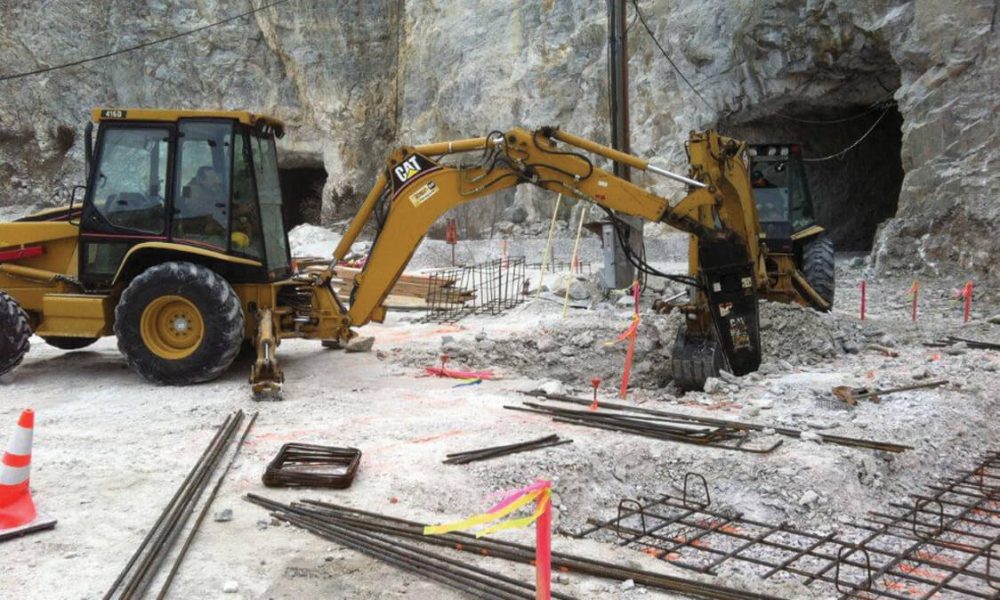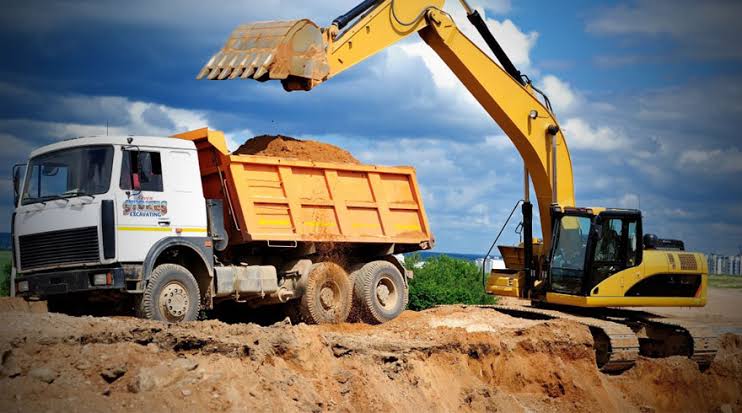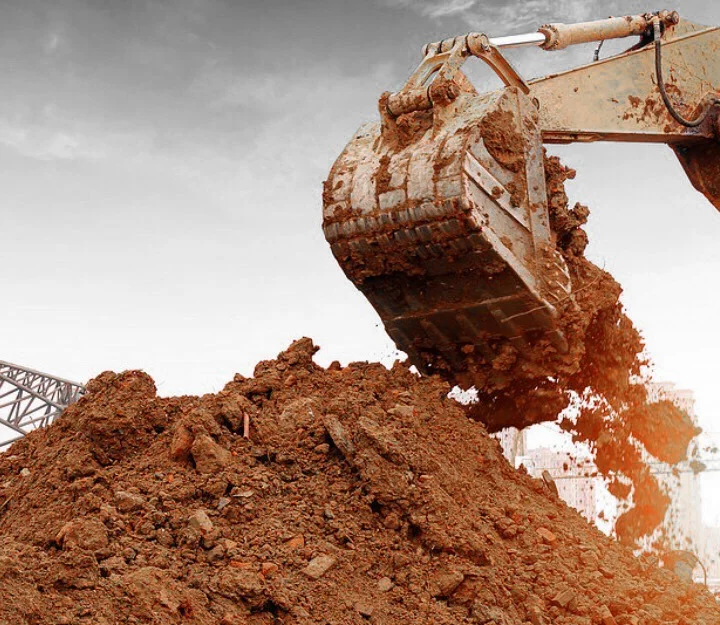Dump Truck Companies in Ohio - Trustworthy Dump Truck Providers Across Ohio
Dump Truck Companies in Ohio - Trustworthy Dump Truck Providers Across Ohio
Blog Article
In-Depth Exploration: The Science Behind Superior Excavation Practices
The realm of excavation methods is a domain where science links with craftsmanship to unearth the enigmas hidden underneath the planet's surface. From ancient hand devices to modern hydraulic excavators, the evolution of excavation methods has been a testimony to human resourcefulness and technological improvements. What really establishes exceptional excavation techniques apart is a deep understanding of geological concepts, paired with the application of cutting-edge tools and methods. By checking out the science behind these techniques, we can reveal the secrets that exist underneath our feet and appreciate the precision and proficiency that go into every dig.
Development of Excavation Techniques
Throughout background, the development of excavation strategies has played an important role beforehand building practices and historical discoveries. From the rudimentary tools utilized by our ancestors to the innovative machinery employed in contemporary times, the development of excavation methods has actually dramatically changed how we come close to various jobs.
In old times, manual work with fundamental devices such as shovels, pickaxes, and wheelbarrows was the key method of excavation. This labor-intensive procedure restricted the deepness and extent of excavations, frequently leading to slow progression and restricted accessibility to specific websites. As civilizations progressed, so did the techniques and devices used for excavation.
The Industrial Change marked a turning factor in excavation exercise with the intro of steam-powered equipment. This development reinvented the area, permitting faster and much more extensive excavations. In contemporary times, technology plays an essential duty in excavation, with innovations like general practitioner systems, drones, and 3D scanning boosting accuracy and performance in the field. The evolution of excavation techniques continues to form the way we construct, discover, and understand the world around us.
Duty of Innovation in Excavation

The assimilation of advanced technology has actually essentially transformed the area of excavation, boosting accuracy and efficiency to unmatched levels. Among the vital technological advancements that has substantially impacted excavation techniques is the use of GPS systems. These systems enable exact mapping of excavation sites, making it possible for operators to properly locate below ground utilities and structures. Furthermore, making use of telematics in excavation tools has made it possible for real-time surveillance of maker efficiency, causing proactive maintenance and enhanced functional productivity.
Moreover, the advent of 3D modeling and simulation software application has structured the planning process for excavation jobs. Designers and operators can currently visualize the entire excavation process prior to damaging ground, maximizing and recognizing prospective challenges process. In combination with this, the application of drones in excavation activities has actually facilitated airborne surveys, volumetric dimensions, and website evaluations with unequaled speed and precision.
Geological Concepts in Excavation
An understanding of geological principles is necessary for making sure the architectural integrity and security of excavation sites. investigate this site Geological aspects play a vital function in establishing the usefulness and safety of excavation jobs (excavating ohio). One key geological concept to take into consideration is the type of soil or rock existing at the website. Different dirt kinds, such as clay, sand, or gravel, have differing levels of security and require various excavation techniques. As an example, cohesive soils like clay may require extra support to avoid collapses, while sandy soils might be prone to disintegration throughout excavation.
In addition, the geological framework of the location, consisting of faults, cracks, and rock formations, must be carefully investigate this site assessed to recognize potential risks and challenges. Excavating near mistake lines or unstable rock developments can bring about instability and possible hazards. By carrying out extensive geological studies and analysis, designers and excavators can develop techniques to minimize risks and make sure the successful completion of excavation jobs. Eventually, incorporating geological concepts right into excavation techniques is vital for achieving risk-free, effective, and sustainable outcomes.

Most Recent Tools for Excavation
In the world of excavation practices, contemporary innovations in devices have reinvented the effectiveness and accuracy of excavation processes. These drones can provide detailed aerial studies of excavation sites, offering real-time information on topography and prospective threats.
An additional cutting-edge tool acquiring popularity is the execution of 3D printing technology for producing custom excavation tools. This permits for the manufacturing of specialized tools that are tailored to the specific requirements of a job, boosting effectiveness and minimizing downtime.
In addition, developments in materials scientific research have actually led to the advancement of more powerful and more resilient excavation tools. lancaster trenching. Tungsten carbide-tipped excavator add-ons, for instance, offer remarkable performance in challenging ground conditions, boosting efficiency on-site
Science's Effect on Excavation Practices

Additionally, clinical research study on dirt auto mechanics and geotechnical engineering has actually given valuable insights into dirt habits, allowing excavation experts to make informed decisions regarding excavation techniques and soil stablizing strategies. Overall, science continues to drive development and enhancement in excavation practices, making excavation projects a lot more efficient, cost-effective, and sustainable.

Conclusion
To conclude, the advancement of excavation techniques has been greatly influenced by innovations in innovation and a much deeper understanding of geological principles. The most up to date devices and tools utilized in excavation have actually enhanced performance and accuracy you can try these out in the area. The application of clinical knowledge has actually substantially enhanced excavation methods, resulting in much more lasting and effective techniques for excavating various kinds of products.
In the world of excavation techniques, modern technologies in devices have actually reinvented the efficiency and precision of excavation procedures. By leveraging scientific principles, the excavation market has been able to significantly enhance effectiveness, precision, and safety and security in excavation processes. GPR permits excavation groups to non-invasively scan and map subsurface frameworks, utilities, and possible threats, enabling them to intend excavation tasks with better precision and decreased danger of crashes.
Furthermore, scientific research on soil auto mechanics and geotechnical design has given beneficial understandings into dirt habits, enabling excavation professionals to make informed choices concerning excavation approaches and soil stabilization techniques. Generally, science continues to drive technology and renovation in excavation methods, making excavation projects a lot more effective, cost-effective, and sustainable.
Report this page